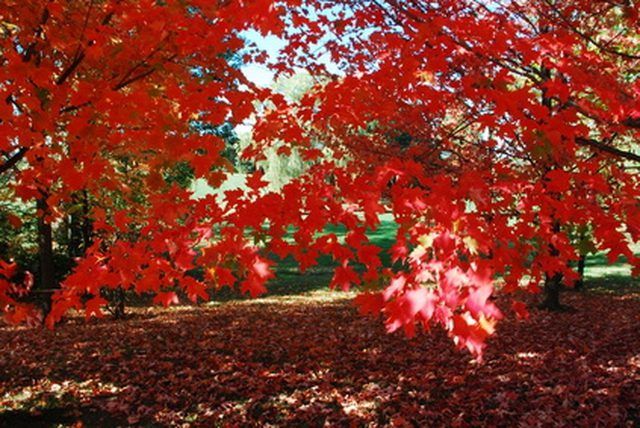Bulbs
Flower Basics
Flower Beds & Specialty Gardens
Flower Garden
Garden Furniture
Garden Gnomes
Garden Seeds
Garden Sheds
Garden Statues
Garden Tools & Supplies
Gardening Basics
Green & Organic
Groundcovers & Vines
Growing Annuals
Growing Basil
Growing Beans
Growing Berries
Growing Blueberries
Growing Cactus
Growing Corn
Growing Cotton
Growing Edibles
Growing Flowers
Growing Garlic
Growing Grapes
Growing Grass
Growing Herbs
Growing Jasmine
Growing Mint
Growing Mushrooms
Orchids
Growing Peanuts
Growing Perennials
Growing Plants
Growing Rosemary
Growing Roses
Growing Strawberries
Growing Sunflowers
Growing Thyme
Growing Tomatoes
Growing Tulips
Growing Vegetables
Herb Basics
Herb Garden
Indoor Growing
Landscaping Basics
Landscaping Patios
Landscaping Plants
Landscaping Shrubs
Landscaping Trees
Landscaping Walks & Pathways
Lawn Basics
Lawn Maintenance
Lawn Mowers
Lawn Ornaments
Lawn Planting
Lawn Tools
Outdoor Growing
Overall Landscape Planning
Pests, Weeds & Problems
Plant Basics
Rock Garden
Rose Garden
Shrubs
Soil
Specialty Gardens
Trees
Vegetable Garden
Yard Maintenance
Shade Trees With Shallow Roots
Shade Trees With Shallow Roots. If you choose to line your driveway with shade trees, you add an unmistakable beauty to your overall home landscape. But you have to make sure that those shade trees, and their shallow roots, are situated far enough back from the paved drive not to cause you problems later, if their roots decide to surface.

If you choose to line your driveway with shade trees, you add an unmistakable beauty to your overall home landscape. But you have to make sure that those shade trees, and their shallow roots, are situated far enough back from the paved drive not to cause you problems later, if their roots decide to surface.
Types
Beech and birch trees are shade trees with shallow roots. So are cottonwood, hackberry and Norway maple trees. Other trees that provide shade to homeowners and also have shallow roots include silver maple, sugar maple and spruce trees.
Function
The functions of a shade tree are numerous. They are meant first and foremost to provide shade during the hot summer months to home owners, park visitors and anyone trekking through an extended stretch of land during the heat of the midday sun. They are also used to help reduce the expense of cooling homes and businesses during summer months. But they also serve to increase the property value of your home or business, since shade trees can make your landscape look more beautiful. And lastly, they provide a resting and nesting place for birds, as well as some animals.
Time Frame
Many shade trees with shallow roots don't live as long as other trees. The silver maple tree, for example, lives between 25 to 40 years. And the paper birch tree lives less than that: only 25 years, according to the University of Tennessee. An exception to this, though, is the cottonwood tree, which can live to be 100.
Significance
One of the most concerning issues for those choosing to plant a shade tree with shallow roots, however, is the effect it can have on sidewalks, driveways and roads nearby. If they are planted too close to either man-made walking or drive areas, they may eventually cause cracks in each or raise them up, inevitably requiring their removal if they do. Upraised roots can also interfere with mowing, but some shade trees also hinder grass growth, which can be a concern.
Considerations
If you have moved into a newly built home that doesn't boast much of a landscape thus far, the fast-growing shade trees can help you remedy that problem. And some shade trees even offer colorful blooms to go with the shady covering they offer.
Potential
The University of Tennessee recommends that you research which shade tree might be best for your particular geographical area, as well as neighborhood. This is because some shade trees need to have soils that are very moist (paper birch), not be planted near utility lines or pavement (hackberry) or are not heat tolerant in certain places (like the Norway maple and West Tennessee).